Sustainability the hottest new food trend
FORGET foraged leaves and bush tucker and coal-cooked veg, sustainability is the hottest ingredient on the modern restaurant menu.
Melb Food & Wine Festival
Don't miss out on the headlines from Melb Food & Wine Festival. Followed categories will be added to My News.
FORGET foraged leaves and bush tucker and coal-cooked veg, sustainability is the hottest ingredient on the modern restaurant menu.
While waging a war on waste is not new — Joost Bakker created Australia’s first waste-free restaurant, Silo, in Melbourne in 2012 — it has now transformed from niche interest into mainstream conversation.
Charlie Carrington set up his new fast-casual eatery Colours by Atlas in Prahran with the goal of being the first fully-compostable fast-casual restaurant in the world.
FOOD AND WINE FESTIVAL PLATES UP 25TH DELICIOUS HELPING
MOVIDA TO THROW SPANISH-STYLE LANEWAY PARTY
THIS COULD BE MELBOURNE’S BEST LASAGNA
FESTIVAL IS BIG FUN FOR SMALL FRY
At the CBD’s Higher Ground cafe, the team has recently installed what they’ve billed as “the largest worm farm in Melbourne”.
More than 10,000 worms now are munching their way through hundreds of kilos of green waste, vegetable scraps and paper a week, turning what would’ve been landfill into the supercharged “worm juice” fertiliser that’s then used on their rooftop garden and vegetable farm.
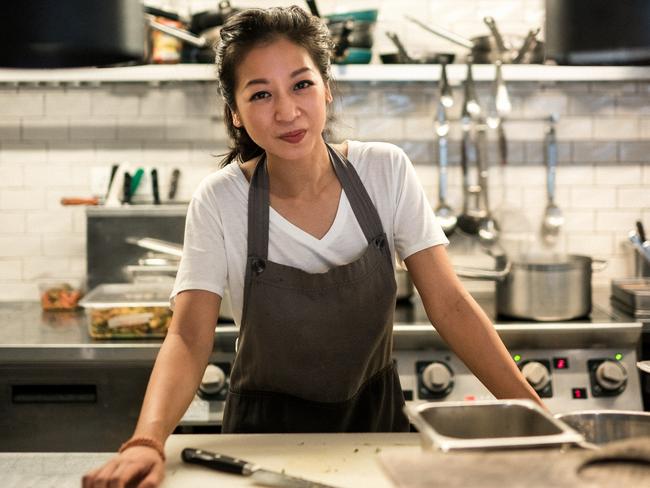
As they say: “We all care about where our food comes from ... We now need to focus on where our food waste and green waste ends up.”
And there’s a lot of waste we can focus on: Victorians throw out 64,500 tonnes of bread and pastries, 54,000 tonnes of fresh fruit and vegetables, 51,000 tonnes of cooked meals and 35,000 tonnes of diary and eggs. It all adds up to 250,000 tonnes of good food just chucked out each year.
Federal Environment Minister Josh Frydenberg last month announced a national food waste strategy, aimed at halving the amount of food waste in Australia by 2030.
Estimated to cost the economy an astonishing $20 billion a year, reducing this waste makes big sense on the macro level. But it’s on the micro level that restaurants can make a difference.
Waste not
“Just by paying more attention to how we use our vegetables, we’ve reduced waste by around 30 to 35 per cent,” says Alejandro Saravia from CBD restaurant Pastuso.
The team now recycles all vegetable scraps and offcuts in the kitchen, which are dehydrated and turned into a natural vegetable booster used to enhance stocks and season dishes.
It’s just one aspect of a reuse and recycle approach to waste management instituted in the popular restaurant.
Alejandro says he sees his role as chef no longer simply about being able to cook and run a kitchen and restaurant properly, but “to inspire the next generation of chefs to understand and value the producers that work with the ingredients they dedicate their lives to producing for us”.
“The young don’t understand the effort farmers go to. For many it’s an eye opener what goes into producing a carrot, that it doesn’t just appear by magic,” he says.
When they understand what’s behind the ingredient they become more aware of making the most of it.”
A quest to source Pastuso’s meat more ethically brought Alejandro into contact with Paul Crock from Gippsland Natural Beef, a producer-owner farming co-operative dedicated to ethical and sustainable beef production.
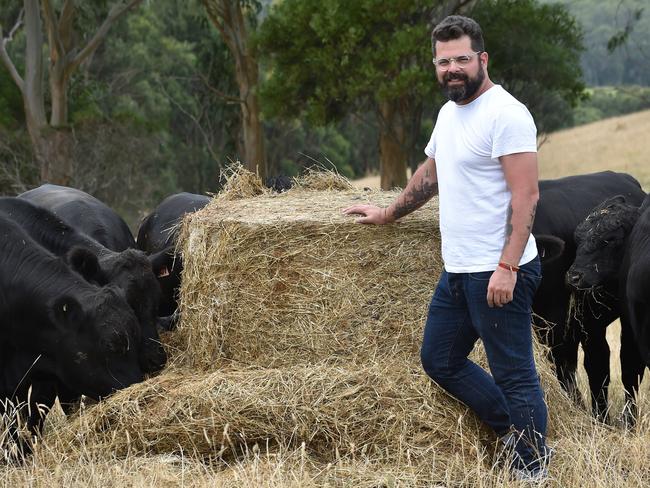
Paul says the farming adage “it’s hard to be green when you’re in the red” means they take a pragmatic, whole-of-farm approach to both productivity and the environmental impact of farming practices.
“We asked ourselves, as a beef producer, how can we make a difference to our environmental footprint?”
Along with focusing on high-level animal welfare (grass-fed, free range, artificial hormone and antibiotic-free), the approach takes in such issues as water management, revegetation, salinity and soil erosion, and, through cropping management and carbon sequestration, is leading to beef farms that can be not only carbon neutral, but carbon positive — that is, offsetting and storing more carbon in the soil than the farm’s total carbon footprint.
On Paul’s 80ha Biran Biran Farm near Fish Creek, a revegetation program of more than 60,000 trees has helped increase biodiversity on the farm and provide shelter for grazing stock.
“Productivity is great, wildlife is back on the farm, it’s a great environmental outcome,” he says.
But even though consumers are becoming more receptive to feel-good farming, it has to be backed up with quality.
“Gippsland grass-fed beef is absolutely world class,” Alejandro says. “Customers are becoming better educated, they want to know more about the source of their food. Especially when it’s so good.”
Zero hero
“There haven’t been any shocking moments, like, we discover (running) a restaurant is like flying a jumbo jet around the world every night, nothing like that. It’s all so manageable,” says Chris Ying, co-founder of Zero Foodprint.
Founded in 2013 by San Francisco restaurateur Anthony Myint (Mission Street Food) and Chris, a writer and former Lucky Peach editor, Zero Foodprint helps restaurants minimise their impact on climate change, given food — its production, transport, cooking and disposal — accounts for a third of the world’s greenhouse emissions.
“That’s just what it takes to feed us,” Chris says.
“But rather than get disheartened, it means it gives us a huge platform to do something.”
As part of a Zero Foodprint commitment, restaurants undergo a complete audit of their carbon footprint, which then enables them to make efficiencies to minimise their emissions, and to offset the remainder. Rene Redzepi’s Noma in Copenhagen was the first completely carbon neutral Zero Foodprint restaurant, with dozens more around the US in the process of getting the Zero Foodprint stamp.

“We started this non-profit to share what we’ve found with others, and if they are motivated, to show them how they can reduce or eliminate their emissions completely.”
He says as restaurants are set up to seek efficiencies, they are adept at adopting new practices.
“It doesn’t take that much effort to go from whatever your carbon emissions are, whether you’re a 20-course fine diner or a mom and pop joint, it doesn’t take that much to eliminate your footprint,” he says.
Chris says even for a restaurant like Noma, with so many courses made up of ingredients coming from all around the area, it takes as little as $1 from every diner to offset the entire restaurant’s emissions.
“I think that’s something you can work into the cost of doing business,” he says.
A frequent visitor to Australia, Chris hopes to convince local restaurants to sign up when he’s in town as part of this year’s Melbourne Food and Wine Festival.
“My hope in bringing chefs to Melbourne is to recruit more people to the cause.”
He says there are easy steps every restaurant can do that make a big difference.
“Simple things, like not just using premium cuts of meat, and reducing energy usage, switching to energy-efficient light bulbs, or changing the compressor on your refrigeration unit. It’s boring stuff, but it will save you money and energy.”
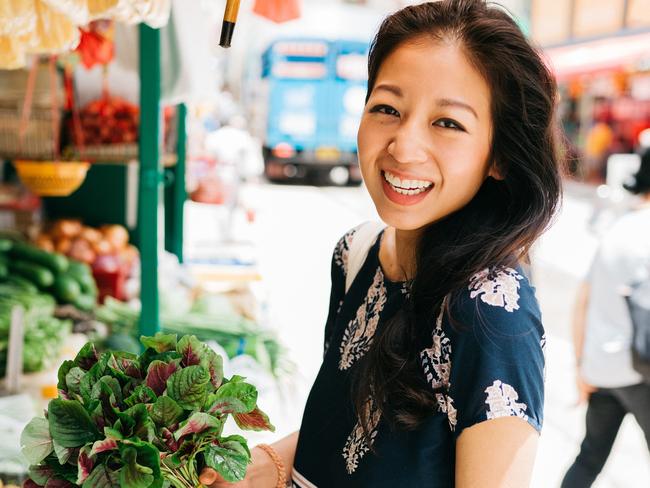
Plant a seed
“Good food doesn’t have to be bad for you and everything around us,” is a mission-statement driver for Peggy Chan’s Grassroots Pantry.
The Le Cordon Bleu-trained Hong Kong chef has made it her mission to transform the perception of plant-based dining in one of the world’s most voraciously carnivore cities, and is a key driver of Hong Kong’s clean-green eating movement.
When she opened the restaurant in 2011, she was at pains to exclude the term “vegan”, wanting to instead attract people who weren’t vegetarian or vegan to become interested in the food systems.
“We wanted to make it as non-hippy, non-preaching as possible,” she says.
It’s a strategy that’s paid off, with more than 80 per cent of her customers now “just eaters”.
They come for such dishes as “popcorn chicken”, made with a Taiwanese mushroom called monkey head, and buckwheat pappardelle made with “raw vegetable pepperoni”.
“They trust our food, it’s whole, it’s clean, it’s good. They trust our sourcing and they come back.”
Describing herself as “an activist at heart” Peggy says the restaurant gives her a platform to showcase the alternatives.
“We show people that there is an alternative to dairy, the alternative to beef. That the food can be as creative, as delicious, as plentiful. ”
Peggy hopes the interest for more plant-based dining continues “so more chefs continue to add more plant-based dishes to their menus.
If they change a menu to 70 per cent veg, it already helps reduce carbon emissions.”
Sustainability at home
House of Food and Wine’s Jo Barrett and Matt Stoneshare 10 easy ways reduce waste at home
BULK BUY
When doing your shopping, think about the packaging you are bringing into your home. Buying in bulk reduces the amount of packaging and plastic.
GROW YOUR OWN HERBS
Not everyone has the luxury of space to grow veggies. However, a windowsill or courtyard
can easily be used to grow your own herbs. Supermarket bunches of herbs come wrapped or packaged in plastic.
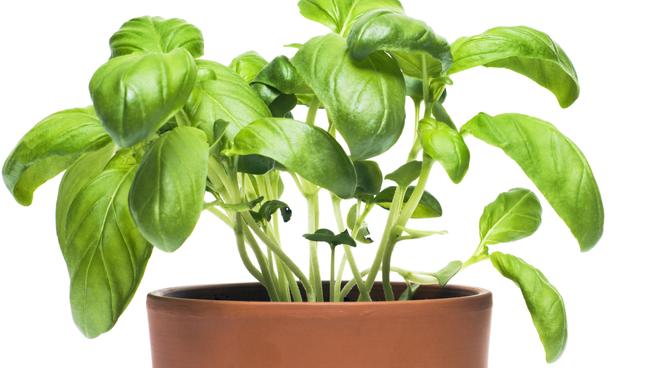
STORAGE
Invest in good storage containers. Storing food properly really does extend its shelf life.
MICRO FIBRE CLOTHS
Get a good micro fibre cloth for cleaning up after your cooking session. They last for up to three years and reduce the need to throw out sponges and scorers. There are some companies that take back your old micro fibre cloths and recycle them into seat padding.
COMPOST
There are now compost units the size of a bar fridge that go inside your house. They don’t smell, break down green waste in 24 hours and run off the same power as a light bulb. We can vouch for Closed Loop’s domestic composter.
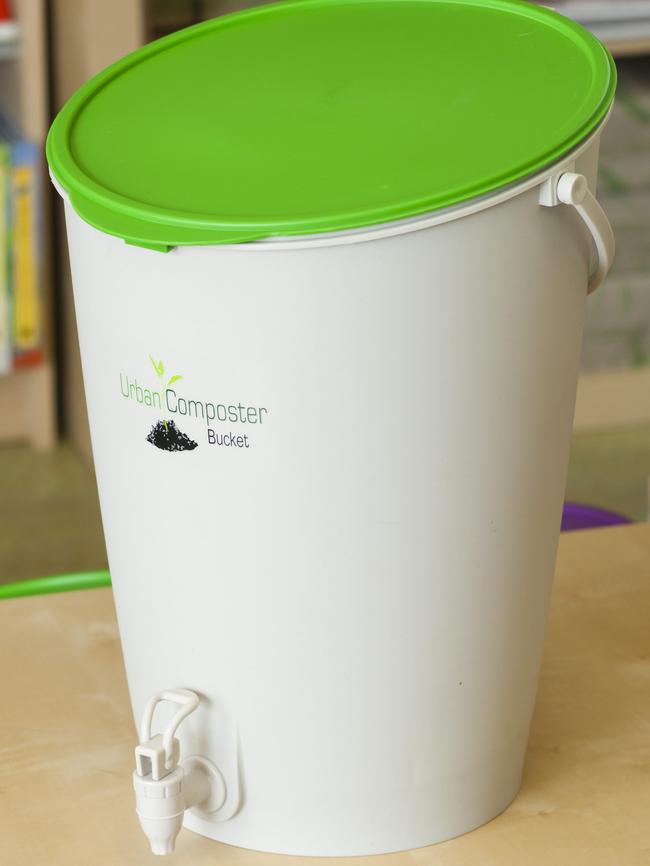
USE THE WHOLE INGREDIENT
Don’t be scared to use all of the ingredient, such as beetroot leaves, turnip leaves, the stems of herbs.
REUSABLE SHOPPING BAGS
Sounds obvious but don’t forget about the smaller plastic bags used for beans, apples, and other fruit and veg. If you forget, grab the paper mushroom bags as they are compostable at least.
FRIDGE DINNER
Once a week, we have a fridge dinner where we are only allowed to use up what we have in the fridge. To make sure we actually have something to eat, we have a good store of grains, sauces and spices.

BEESWAX WRAPS
Our good friend at Queen B makes reusable beeswax wraps. The beeswax-coated cotton cloth can be used to wrap food and keep it fresh. You don’t need plastic wrap, which ends up in landfill or the ocean.
DON’T DIAL DINNER
Sometimes you can’t be bothered cooking and it’s so easy to order in, but there is so much packaging with home delivery services. Go out for dinner and enjoy people cooking and waiting on you instead.
